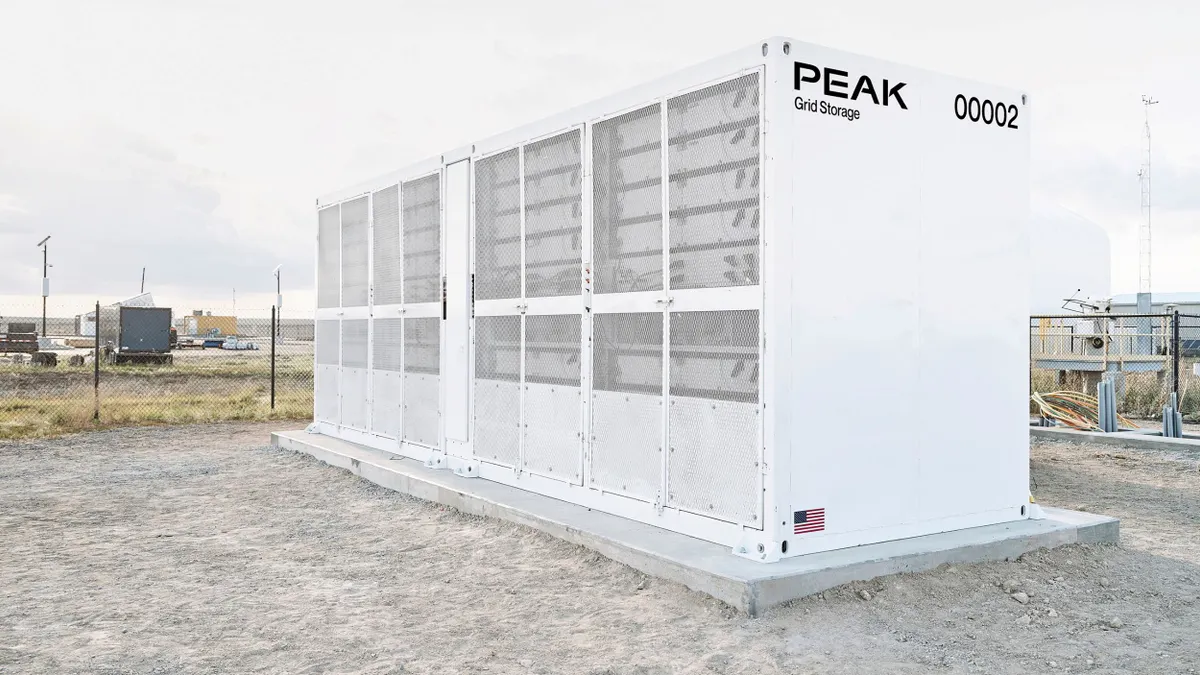Electric utilities are introducing new rate designs for mass-market (residential and small commercial) customers to better align with costs to serve and to encourage energy use habits that benefit the grid. However, with innovative rate designs utilities can achieve more than improved cost recovery and a healthier load shape; they present a new opportunity to create value by enhancing customer relationships. In particular, mandatory rate changes such as new solar rates and changing net metering policies, are an opportunity to dramatically alter the utility-customer relationship—for better or for worse.
A critical opportunity for engaging customers is approaching. Quickly.
In response to declining load (the “2016 State of the Electric Utility Survey” from Utility Dive shows that 83% of utilities are seeing minimal, stagnant or declining load) and increasing distributed energy resources (DERs) such as solar, utilities are rethinking solar rate structures and net metering policies. Already in 2016 we’ve seen significant movement on distributed solar policy by utilities, public utility commissions and state legislatures alike. In Q2 2016, 84% of states took policy action on distributed solar, and 36 utilities in 24 states considered or enacted changes to net metering policies.
Fortunately for utilities, these changes represent one of the greatest opportunities to engage customers to date. Electric rate plan changes impact not only customer pocketbooks, but also their lifestyle. They may need to change when and how they consume electricity in order to maintain or reduce their monthly bill amounts. It’s no surprise that industry research has identified advice on electric rate changes as one of the services utility customers value most, and one of the biggest drivers of customer satisfaction.

Engaging the energy enthusiast: Solar customers and NEM 2.0
With massive movement on solar policy and rate design, advice for solar customers on electric rate changes is crucial. Solar customers are unique in that they receive information from multiple sources, such as contractors and financiers, and when new solar rates or changes to net metering are introduced this multi-channel flow of information creates confusion. Furthermore, solar customers are typically one of the most engaged customer segments: they have made a substantial financial investment and taken a personal interest in their electricity source. Nurturing relationships with these customers is critical to maintaining high customer satisfaction scores.
Fortunately, utilities have access to enormous amounts of data and customer insight. By leveraging this information, utilities like Pacific Gas & Electric, Salt River Project , and Turlock Irrigation District are providing highly personalized and objective guidance on bill impacts and secondary technologies that will support ROI (such as demand control devices, energy efficiency measures, or even an electric vehicle).
Rate plan elimination is the new frontier of mandatory rate change
Mandatory rate change for mass-market customers is an emerging scenario that will become more common as electric rate plans evolve. Many utilities are just beginning to introduce new innovative rate plans; however, some utilities are entering a second iteration of rate design. Pilot rates are being eliminated in favor of permanent plans, and existing time-of use rates are being sunset to make way for more modern time-based rates. We are seeing this now in California, where investor-owned utility customers on existing time-of-use rates were recently required to transition to new time-of-use rate plans. Also, some municipal utilities and IOUs in California are looking to transition to a default time-of-use rate in the near future.
These changes are largely due to the challenges mentioned earlier. With a significant shift in consumption patterns due to increasing renewable penetration and consumer energy products, changes to existing rate structures is necessary. As pilots and antiquated rates are eliminated, customers are forced to transition. Similar to solar customers that may be seeing a removal of choice, providing proactive guidance on bill impacts is critical, and introducing choice into a forcing scenario by advising on opportunities to reduce bills is a prime opportunity to improve customer satisfaction.
Embrace the opportunity
In the array of scenarios created by rate plan evolution, mandatory changes represent the scenario with the widest range of possible outcomes. Where is mandatory change occurring, and what types of strategies are utilities taking? Join the team from Clean Power Research for an on-demand webinar to learn how some of the top utilities are engaging their customers after introducing net metering or other mandatory rate changes.





